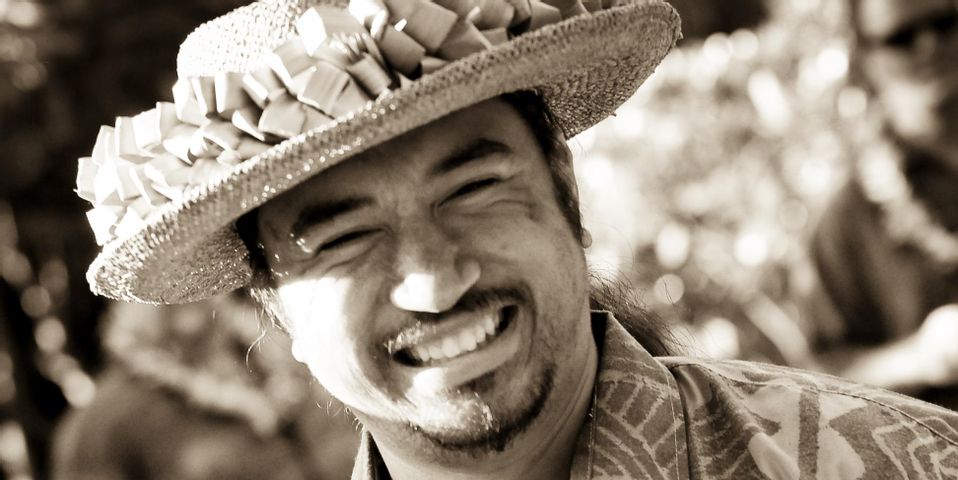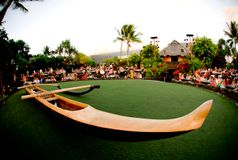Learn These Hawaiian Phrases Before Your Next Island Vacation

The Hawaiian Islands may be part of the United States, but they have a rich culture all their own, including an indigenous language, ‘Ōlelo Hawai‘i, which remains one of the Aloha State’s two official languages. Before your next trip to the islands, brush up on some of the most common phrases. After all, speaking the language is one of the easiest ways to celebrate Hawai‘i history.
A Brief History of ‘Ōlelo Hawai‘i
Before Westerners reached the Hawaiian Islands in the late 1700s, ‘Ōlelo Hawai‘i was the only language spoken in the archipelago. Hailing from the people’s Polynesian ancestors, it evolved with their customs. When Calvinist missionaries taught the islanders Latin characters in the early 1800s, ‘Ōlelo Hawai‘i became a written language as well. The islanders loved reading and writing so much that their nation quickly became one of the most literate in the world.
Three years after the Hawaiian monarchy was overthrown in 1893, though, the use of ‘Ōlelo Hawai‘i was banned in an attempt to quash native culture. It was outlawed in schools and replaced with English. Thankfully, the 1970s saw a revival of island culture, and in 1978, the state’s constitution was modified to include ‘Ōlelo Hawai‘i as one of the official languages. Today, Native Hawaiians are proud to use their language, and they appreciate when visitors do so to celebrate their rich Hawai‘i history too.
Common Words & Phrases to Know
 ‘Ōlelo Hawai‘i is mostly phonetic. Since every letter is pronounced individually, it’s fairly easy to determine the correct pronunciation just by looking at the words. Here are some of the most common words to learn before your next trip:
‘Ōlelo Hawai‘i is mostly phonetic. Since every letter is pronounced individually, it’s fairly easy to determine the correct pronunciation just by looking at the words. Here are some of the most common words to learn before your next trip:
- Aloha: Most people know “aloha” is a greeting that can stand in for hello or goodbye. Did you know it also refers to a welcoming, relaxed way of life? For example, Aloha Friday is Hawai‘i’s version of casual Friday.
- Kama‘āina: You may notice that some of the excursions you do on your trip offer a “kama‘āina discount.” This word means “person of the land.” The discount is for island residents, as opposed to tourists who are just visiting.
- Mahalo: This means “thank you.” Follow it with “nui,” and you’ve got “thank you very much.”
- Kāne: This is the Hawaiian word for man and will often appear on restroom doors.
- Wahine: This is the Hawaiian word for woman. Again, it’s common on restroom doors.
- Poke: Poke is a Hawaiian delicacy. The word itself means “to slice” or “to cut” into chunks. When you see poke on a menu, it’s referring to a kind of fresh seafood marinated in a mouthwatering sauce.
Speaking the local language is one way to immerse yourself in the culture, but if you want to witness Hawai‘i history in action, head to Old Lāhaina Lū‘au. For more than 30 years, they've hosted traditional celebrations on Maui, complete with live entertainment, tropical drinks, and kālua pig. After donning a fresh flower lei and grabbing a cocktail, let their hula dancers whisk you away into Hawai‘i history. To reserve your tickets, visit their website or call (808) 667-1998.
About the Business
(8,420 reviews)
Have a question? Ask the experts!
Send your question

